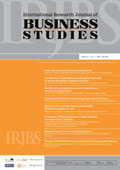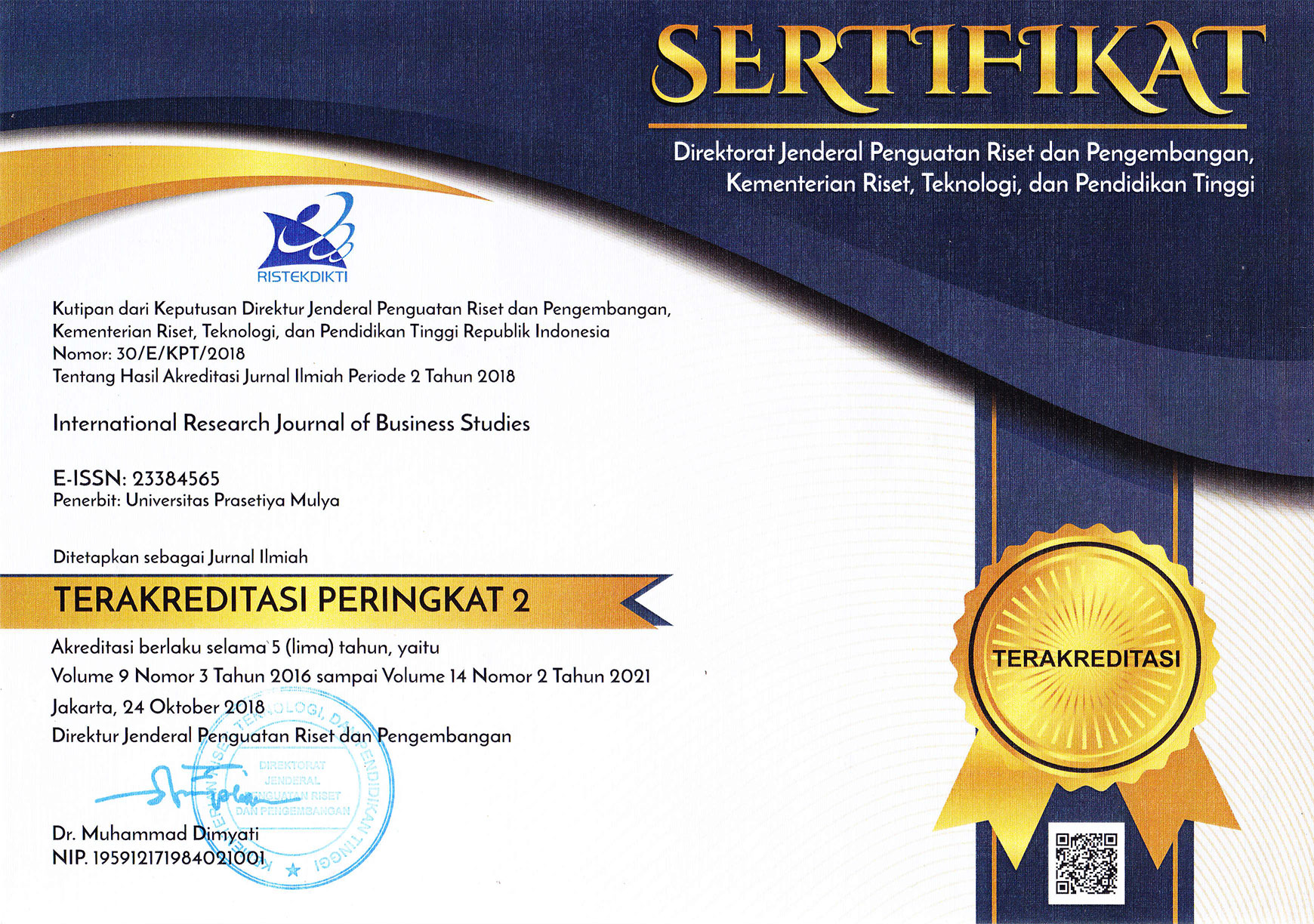Article Metrics |
|
|
Determinants of Exporting Firm: Case of Food Processing Sector in Indonesia
Abstract
Firm size, foreign networks and location has been analyzed as the factors in differentiating between exporting and non exporting firms. The objective of this study is to analyze factors which made the firms export on the case of food processing sector in Indonesia. The data utilized is the Industry Survey in 2013 by the Statistics Indonesia. The results indicate that foreign networks, represent by foreign shares and imported input, and location are affecting firm to export. Meanwhile from four variables of firm size only one variable has significant effect (production worker expenditure). From these variables it can be inferred that linking with foreign side in the form of share or inputs will induce firm to export.
Keywords: food processing, export, logit
Full Text:
References
Alvarez, R. (2006). Explaining export success: firm characteristics and spillover effects. World Development, 35, 377-393.
Aristei, D., Castellani, D. & Franco, C. (2013). Firms exporting and importing activities: Is there a two-way relationship? Review of World Economy, 149, 55-84.
Bas, M. & Strauss-Kahn, V. (2010). Does importing more inputs raise export? Firm level evidence from france. MPRA Paper No 27315.
Bernard, A. B., & Jensen, J.B. (1999). Exceptional exporter performance: Cause, effect, or both?. Journal of International Economics, 47, 1-25.
Bhavani, T.A., & Tendulkar, S.D. (2001). Determinants of firm-level export performance: a case study of indian textile garments and apparel industry. Journal of International Trade and Economic Development, 10, 65-92.
Blalock, G. & Gertler, P.J. (2004). Learning from exporting revisited in a less developed setting. Journal of Development Economics, 75, 397-416.
Byford, L. and D. Henneberry, 2006. Export Decisions of Food Processing Firms in Kansas, Missouri and Oklahoma. Agribusiness, 12, 247-264.
Central Bank of Indonesia, 2016. Indonesias Economic and Financial Statistics. Central Bank of Indonesia.
Javalgi, R. G., White, D.S. & Lee, O. (2000). Firm characteristics influencing export propensity: an empirical investigation by industry type. Journal of Business Research, 47, 217-228.
Lee, J. & Habte-Giorgis, B. (2004). Empirical approach to the sequential relationships between firm strategy, export activity, and performance in u.s. manufacturing firms. International Business Review 13, 101-129.
Majocchi, A., E. Bacchiocchi, E. & Mayrhofer, U. (2005). Firm size, business experience and export intensity in SMEs: a longitudinal approach to complex relationships. International Business Review 14, 719-738.
Pla-Barber, J. & Alegre, J. (2007). analysing the link between export intensity, innovation and firm size in a science-based industry. International Business Review, 16, 275-293.
Rodriguez-Pose, A., Tselios, V., Winkler, D. & Farole, T. (2013). Geography and the determinants of firm exports in Indonesia. World Development, 44, 225-240.
Serra, F., Pointon, J. & Abdou, H. (2012). Factors influencing the propensity to export: a study of uk and portuguese textile firms. International Business Review, 21, 210-224.
Silvente, F. R. (2005). Changing export status and firm performance: evidence from UK small firms. Applied Economics Letters, 12, 567-571.
Sjohlom, F. (2003). Which indonesian firms export? the importance of foreign networks. Papers in Regional Science, 82, 333-350.
United Nations Commodity Trade (UN Comtrade) (2016)
Copyright (c) 2017 Amzul Rifin
International Research Journal of Business Studies has been covered by the following services: | ||||||||||||||||||||||||
|




















